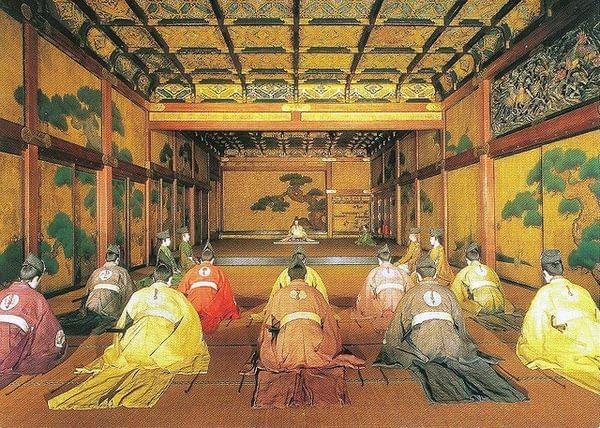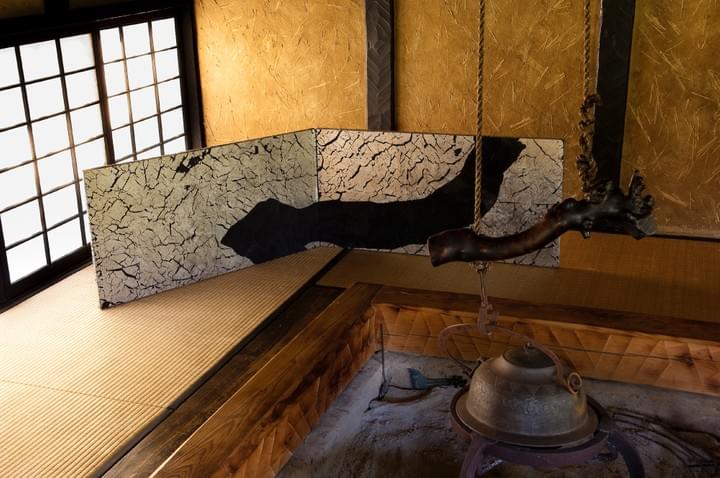
- Artists
- Maio Motoko
- Kobayashi Shumei
- Mitsumoto Takeshi
- Nakano Kaoru
- Oyama Yasuyuki
- Kise Hiroshi
- Kaneko Toru
- Artforms
- …
- Artists
- Maio Motoko
- Kobayashi Shumei
- Mitsumoto Takeshi
- Nakano Kaoru
- Oyama Yasuyuki
- Kise Hiroshi
- Kaneko Toru
- Artforms



Lesley Kehoe Galleries Online
- Artists
- Maio Motoko
- Kobayashi Shumei
- Mitsumoto Takeshi
- Nakano Kaoru
- Oyama Yasuyuki
- Kise Hiroshi
- Kaneko Toru
- Artforms
- …
- Artists
- Maio Motoko
- Kobayashi Shumei
- Mitsumoto Takeshi
- Nakano Kaoru
- Oyama Yasuyuki
- Kise Hiroshi
- Kaneko Toru
- Artforms
- Artists
- Maio Motoko
- Kobayashi Shumei
- Mitsumoto Takeshi
- Nakano Kaoru
- Oyama Yasuyuki
- Kise Hiroshi
- Kaneko Toru
- Artforms
- …
- Artists
- Maio Motoko
- Kobayashi Shumei
- Mitsumoto Takeshi
- Nakano Kaoru
- Oyama Yasuyuki
- Kise Hiroshi
- Kaneko Toru
- Artforms



Lesley Kehoe Galleries Online
- Artists
- Maio Motoko
- Kobayashi Shumei
- Mitsumoto Takeshi
- Nakano Kaoru
- Oyama Yasuyuki
- Kise Hiroshi
- Kaneko Toru
- Artforms
- …
- Artists
- Maio Motoko
- Kobayashi Shumei
- Mitsumoto Takeshi
- Nakano Kaoru
- Oyama Yasuyuki
- Kise Hiroshi
- Kaneko Toru
- Artforms

Origins to Originality
THE JAPANESE SCREEN
yō no bi 用の美 // the beauty of function
yō no bi // 用の美
THE BEAUTY OF FUNCTION
The aesthetic of yō no bi 用の美, the beauty of function, is so embedded in the Japanese way of life that it wasn't until Japan opened its doors to the West that a word emerged to signify the distinction that Western European art scholars impose(d) between fine/non-functional and decorative/applied art - ‘bijutsu 美術'.
-
花見芝山細工小屏風
Miniature Shibayama two-fold screen
Design of cherry blossom viewing
Meji period Nineteenth Century
Anonymous
What Western art historians and cultural interpreters of the 19th century failed to understand is that everyday experiences, spaces and objects are suffused with mutually constitutive functionality, artistry and beauty. The truly foreign idea of 'art for art's sake' held no currency.
-
Japanese Six Panel Screen'Inside the Imperial Household'
Kanō school painting @Naga AntiquesWhere ‘painting on a canvas’ tended to be given superior status in the West; in Japan, equivalent if not transcendant, artistry has always been found on functional objects such as folding screens, sliding doors, and vertical hanging scrolls. In lieu of canvas, washi is applied in multiple layers over a wooden frame. Gold and silver foil squares are applied and theseform the base for the artist’s composition.
.
Six Scenes from The Tale Of Genji Tosa School 1700-1750 (One of a pair)
Art Gallery of NSW Collection

Six Scenes from The Tale Of Genji Tosa School 1700-1750 (One of a pair)
Art Gallery of NSW Collection

THE TRADITIONAL SCREEN
The Japanese screen was designed to divide and manipulate physical space in Japanese homes and palaces. In the palaces of the Tokugawa shoguns these extraordinarily large canvases served as emblems of power and privilege. The shimmering gold backgrounds reflecting the subtle candlelight spoke of wealth; their powerful images served to remind audiences of the authority of the personages in whose presence they sat.
.
Nijo Castle (二条 城, Nijōjō)
Primary residence of Tokugawa Ieyasu
First shogun of the Edo period.

Artwork, which would in the West have been classified as fine art, was painted on to the moving faces of Japanese screens - architectural art from the 16th century.
.
The original Jōrakuden (shogun’s quarters) Honmaru palace Nagoya castle

We might say that where the Western practice is to allocate space according to function and art to decoration; the Japanese aesthetic embraces the capacity of art to create spaces and experiences imbued with inextricable functionality and beauty.
.
The original Jōrakuden (shogun’s quarters) Honmaru palace Nagoya castle

This ancient art form has been revived, transcended and transformed at the hands of contemporary screen artist Maio Motoko.
Maio’s works are double-sided installations that explore yin and yang in materials and design, and bring together the traditional form with the dynamics of the contemporary world.
Maio Motoko | Master Work
刻々脈々 kyoku kyoko myaku myaku
Moment by moment heartbeat by heartbeat
Side B

Reinventing the double-sided hinges of the Muromachi period (1336-1573), the sizes of the folds of Maio's screens are varied thus creating maximum flexibility in spatial formations.
This innovation and contemporary interpretation elevates the form beyond beautiful and functional, to contemporary sculptural/installation art.
Maio Motoko | Master Work
刻々脈々 kyoku kyoko myaku myaku
Moment by moment heartbeat by heartbeat
Side A
TENACIOUS VIRTUE
In the work of Maio Motoko
COMING SOON
TOUCHED BY THE WIND
Artist Essay
COMING SOON
Available Works
Request Digital Catalogue
Copyright ©️2023 Lesley Kehoe Galleries.

















